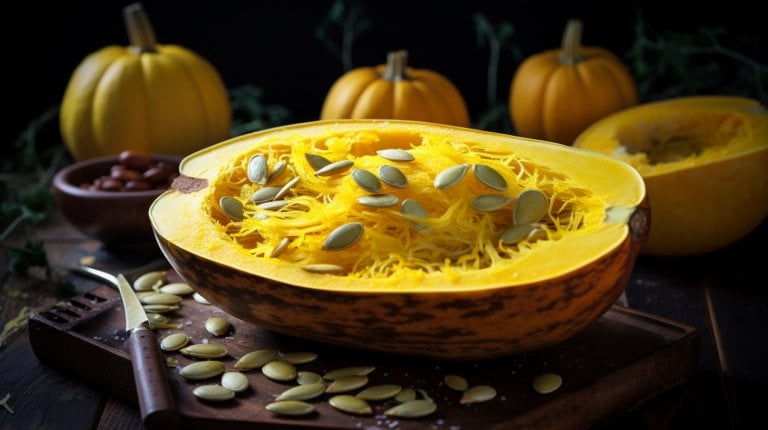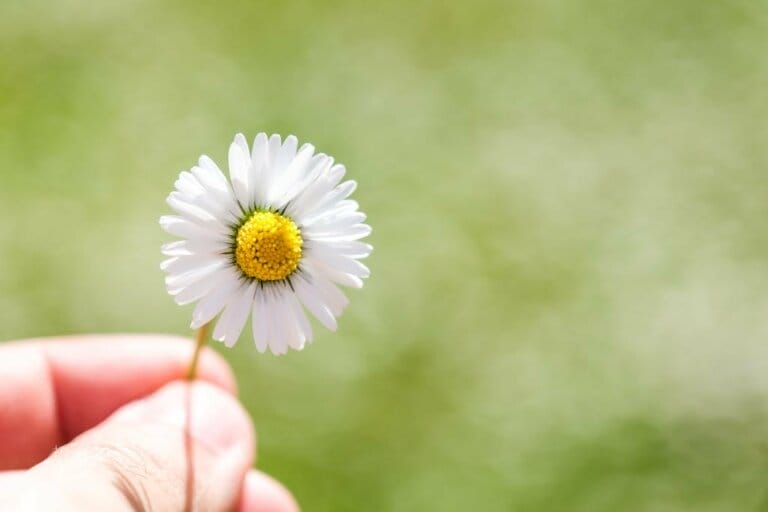Flowers That Look Like a Peony: Best Alternatives That Bloom Like Peonies
Peonies, mesmerizing in their beauty, have similar variants that absolutely captivate me. I’ve found that several types of flowers display a beautiful resemblance to peonies. This group comprises roses, dahlias, windflowers and even double tulips, each of all showing characteristics that mirror my favorite flower.
I’ve also stumbled upon lesser-known, yet equally enchanting, peony twins like Camellia, Hydrangea, and Windflower. Join me as we delve into the world of these charming floral doppelgängers and uncover their unique allure.
Key Takeaways
- The peony rose was highly valued in ancient China and was a symbol of wealth and honor.
- Peonies were associated with love and affection during the Victorian era.
- Festivals are held in Japan to celebrate peonies during late spring.
- There are several popular flowers, such as the Eden rose, Julia Child rose, dahlias, lisianthus, Ranunculus Asiaticus, and Spring Bulbs, that resemble peonies in terms of their lush blooms and intricate petal arrangements.
Understanding the Charismatic Charm of a Peony
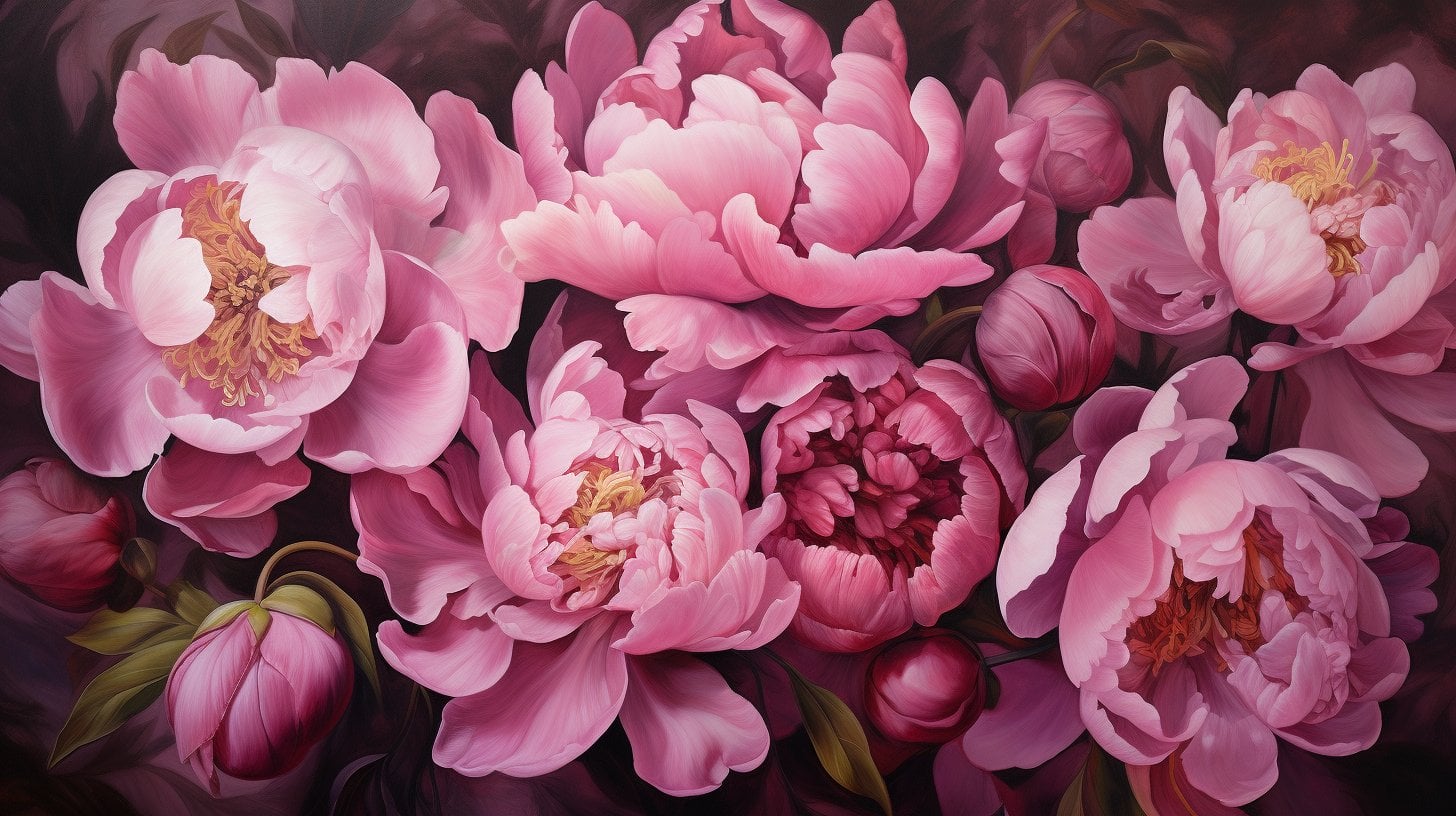
I’m about to embark on a charming journey, examining the charismatic allure of the peony flower. We’ll start by identifying its signature features before we explore how this gorgeous flower has left its mark on history and culture. To wrap it up, I’ll explain why horticulturists can’t resist its unique beauty.
Identifying the Signature Features of Peonies
Let’s delve into the signature features that give it its charismatic charm. They are known for their large, often double flowers and lush, glossy foliage. Identifying the signature features is crucial if you want to spot flowers similar to them.
| Feature | Description | Similar to Peonies |
| Flower Size | Large, often double | Many flowers share this feature |
| Petal Shape | Round, often ruffled | Some roses and carnations |
| Foliage | Glossy, deep green | Comparable to lily leaves |
| Bloom Time | Late spring to early summer | Similar to many garden classics |
Its allure lies in its opulent blooms and the rich drama they bring to the garden. Understanding these features will help you identify them and their look-alikes with ease.
The Role of Peonies in History and Culture
I’ve always been fascinated by the historical and cultural significance of peonies and how their enchanting beauty has captivated people across different civilizations. Their charm, comparable to flowers, has always been a source of inspiration. It was a symbol of wealth and honor in ancient China. It was also an emblem of love and affection during the Victorian era.
The peony season, this flower blooms in late spring, was always a much-awaited period in Japan where festivals are celebrated in their honor.
The best alternative to peonies, meanwhile, is sought after by many gardeners wanting to replicate its beauty, albeit with an easier cultivation process. Understanding its charm can indeed be as layered and intricate as its petals.
Why the Peony is a Horticultural Darling
I can’t help but marvel at its status as a horticultural darling. It’s not just because of its undeniable beauty. This beautiful flower captivates with more than just its looks.
Its resilience and adaptability make it an enduring favorite among garden lovers. They come in various colors, from the deepest reds to the most delicate blush whites, which only adds to their allure.
And while there are flowers similar to peonies, none quite captures the complete package that it offers. So, next time you spot a flower that shares its appearance, take a moment to appreciate why it is a horticultural darling. Its charm goes beyond what merely ‘looks like a peony’ and delves deep into the heart of horticultural admiration.
Exploring the Rose: A Beloved Peony Look-Alike
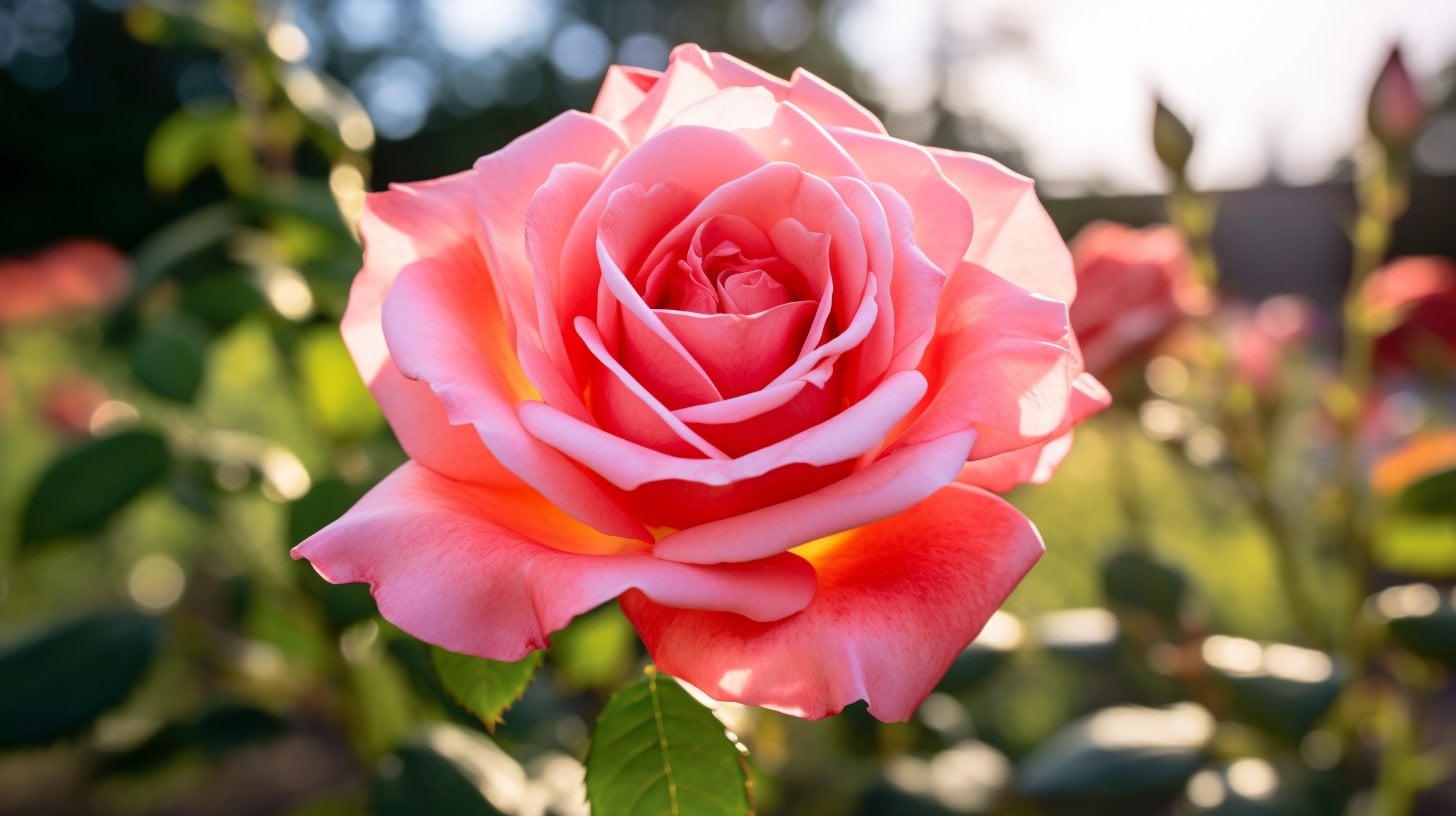
Now, let’s turn our attention to the rose, a flower often mistaken for it due to its striking similarities.
We’ll be looking at the garden rose and peony’s aesthetic likeness, then move on to discussing some specific rose varieties like the Eden and Julia Child, which are especially reminiscent of peonies.
And finally, I’ll give you some tips on how to grow these beautiful look-alikes in your own garden.
Comparing the Garden Rose and Peony’s Aesthetic Similitude
Let’s delve into the striking aesthetic similarities between the two, exploring why many consider the rose a beloved look-alike of the peony.
- The look is echoed in the garden rose through:
- The lush, layered petals
- Their similar size and spherical shape
- The rich color range palettes they both support
Comparing both flower’s aesthetic similitude illuminates the remarkable parallel between these two stunning flora. It’s fascinating how nature presents such similar beauty in different forms, and it’s a delight to explore these floral twins in our gardens.
The Eden and Julia Child Roses: True Peony Rose Doppelgangers?
In this section, we’ll examine the Eden and Julia Child, two cultivars that could easily be mistaken for peonies, and assess whether they’re true doppelgangers. The Eden rose, renowned for its lush, full-petaled blooms, certainly has the look of peonies.
It’s a rose that shares the appearance of a peony to a striking degree. The Julia Child, on the other hand, has a lesser resemblance, but its loose, lavish form and vibrant color make it one of the beautiful flowers that look like peonies.
| Eden Rose | Julia Child | |
| Appearance | Full-petaled, lush | Loose, lavish form |
| Color | Varies | Vibrant yellow |
| Resemblance to Peony | High | Moderate |
Are they true doppelgangers? That’s for you to decide. But there’s no denying their allure.
Cultivating Gorgeous Roses In Your Garden
I’ve found that patience, an essential ingredient in the gardening process, and a genuine love for roses can transform any backyard into a spectacular rose garden reminiscent of a peony paradise. When these roses look like peonies, they add an extra layer of beauty to the garden.
Cultivating gorgeous roses in your garden requires a clear plan:
Selecting the right rose variety
- English garden roses for their appearance
- Eden rose is a climbing type, perfect for walls and trellises
- Understanding how the plant grows
- Adequate sunlight and water
- Regular pruning to maintain shape and encourage blooming
Caring for your roses
- Protecting from pests
- Providing nutrient-rich soil for healthy growth
With this knowledge, anyone can create their own blooming paradise.
Delving into the Dazzling Dahlia: A Peony Twin

Let’s shift our focus to the dazzling dahlia, a flower that mirrors the opulence of peonies, especially during late summer.
We’ll appreciate its stunning diversity of varieties, including those with a similar appearance to a peony’s bouquet of petals and the vibrant colors reminiscent of marigold, and, of course, I’ll share some handy tips for successful planting and care of begonias.
Get ready to be amazed by this twin!
How Dahlias Mirror the Opulence of Peonies
While you mightn’t initially associate this flower with the lavish beauty of peonies, I’ve discovered that they mirror their opulence remarkably well. This is a flower that shares the appearance of a peony, and they’re both famed for their luxurious blooms.
The ways in which this flower mirrors the opulence can be broken down into:
- Structure: Both boast a full, round bloom and an intricate arrangement of marigold-like petals.
- Color: Dahlias mirror the rich, vibrant hues, from delicate blushes to deep reds, reminiscent of late summer.
- Symbolism: Both pretty flowers symbolize elegance, creativity, and strength.
In essence, this flower’s grandeur and splendor make it a worthy twin, showcasing the same level of opulence and beauty.
Appreciating the Diversity of Dahlia Varieties
In the realm of dahlias, I’m not only mesmerized by their similarity to the peony but also captivated by the depth and breadth of their diversity.
The spectrum of its varieties is truly impressive, each with a unique allure. Some have a similar appearance, with layer upon layer of delicate petals. Others are strikingly unique, showcasing the rich diversity within this tuberous flower family.
It’s fascinating how one type of flower can have so many look-alikes! As I delve deeper into these flower varieties, I’m continually amazed by the kaleidoscope of shapes and range of colors that this flower offers. Indeed, its resemblance is just one facet of its remarkable complexity.
Successful Dahlia Planting and Care Tips
Even though they have a reputation for being a bit finicky, I’ve found that with the right care and attention, they can thrive beautifully in most garden settings. For successful planting and care, they require a few essential tips. Despite not being an easy plant to grow initially, they reward you with a flower that resembles a peony, making all the effort worth it.
Here are my top three tips:
- Prep the Soil: They prefer well-draining soil. Amend with organic matter if needed.
- Sunlight is Key: They love the sun. Plant them in a spot where they’ll get at least 6 hours of sunlight.
- Water Wisely: Overwatering can cause rot. Water deeply and less frequently for best results.
The Beauty of Anemones and Double Tulips: Florals That Look Like Peonies
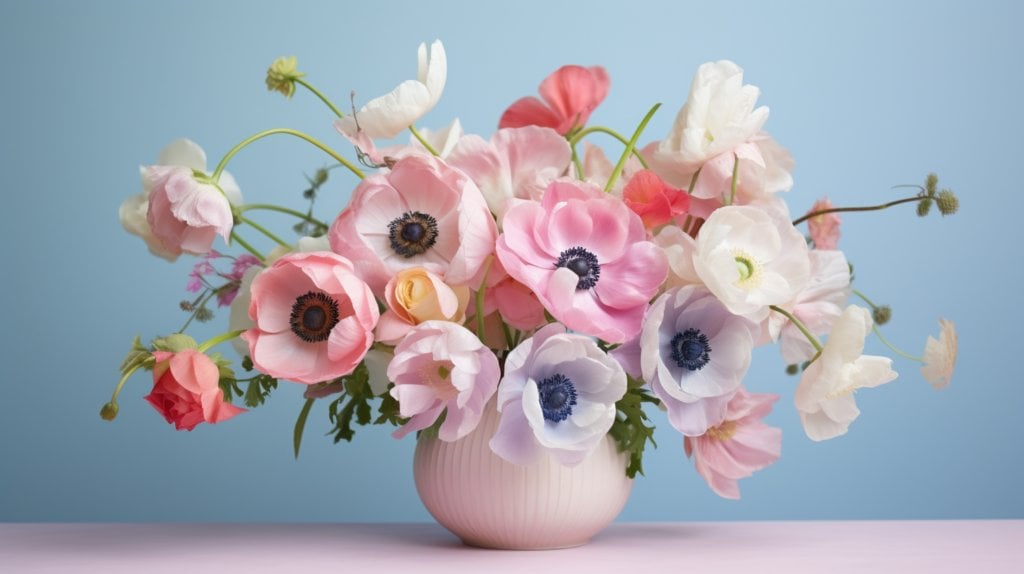
Let’s turn our attention now to the appealing windflower and double tulips or Spring Bulbs, two more floral cousins to the peony. With their allure, they are also known as windflowers, and Spring Bulbs may surprise you with their similarities. Furthermore, I’ll share some insights on how to nurture these particular flowers so they can thrive in your garden.
Anemones, The Wind Flower with a Peony-Like Deportment
I’ve always admired the beauty of windflower and Spring Bulbs, for they share a remarkable similarity with peonies. These are the flowers that look just like a peony, capturing the same opulence and grandeur. Anemones, in particular, are known as the windflower and have a peony-like deportment that’s truly captivating. There’s something about these beautiful flowers that makes them stand out in any setting.
In terms of similarities, these flowers have:
Anemone:
- Peony-like layers of petals
- Similar vibrant colors
Spring Bulbs:
- Peony-like structure
- Comparable size and shape
A flower that looks like a peony, whether it’s a windflower or Spring bulb, does more than mimic; it brings its own unique beauty to the floral world.
The Unexpected Peony Twin: Double Tulips
In my years of studying flora, I’ve found that not many flowers can match the lavishness of a peony, but this flower certainly does. These unexpected twins are a remarkable sight to behold. Their full, rounded blooms look just like peonies. They’re an outstanding choice for any gardener wanting to replicate the peony’s beauty in a different form.
They are as captivating as their counterparts and offer a similar aesthetic appeal. They’re florals bringing an element of surprise and splendor to any garden. It’s simply amazing how nature can create such striking resemblances between different species, isn’t it?
Nurturing Anemones and Double Tulips to Thrive
I’m about to share some tips on nurturing both flowers to thrive, as these flowers can bring unparalleled beauty to your garden. These flowers look alike and are not only beautiful, but they’re also resilient, provided they’re cared for properly.
To ensure their growth and beautiful blooms, follow these guidelines:
Anemones
- They are easy to grow best in full sun to partial shade.
- Well-drained soil is key for these plants.
- Regular watering is essential but avoid waterlogging.
Spring Bulbs
- These also perform best in full sun.
- They thrive in well-drained, fertile soil.
- Regular feeding with a balanced fertilizer will enhance bloom production.
Mastering these tips will ensure your flowers to thrive effort pays off. See your garden flourish with these look-alikes!
Discovering Lesser-Known Flowers That Look Like a Peony: Camellia, Hydrangea, and Ranunculus
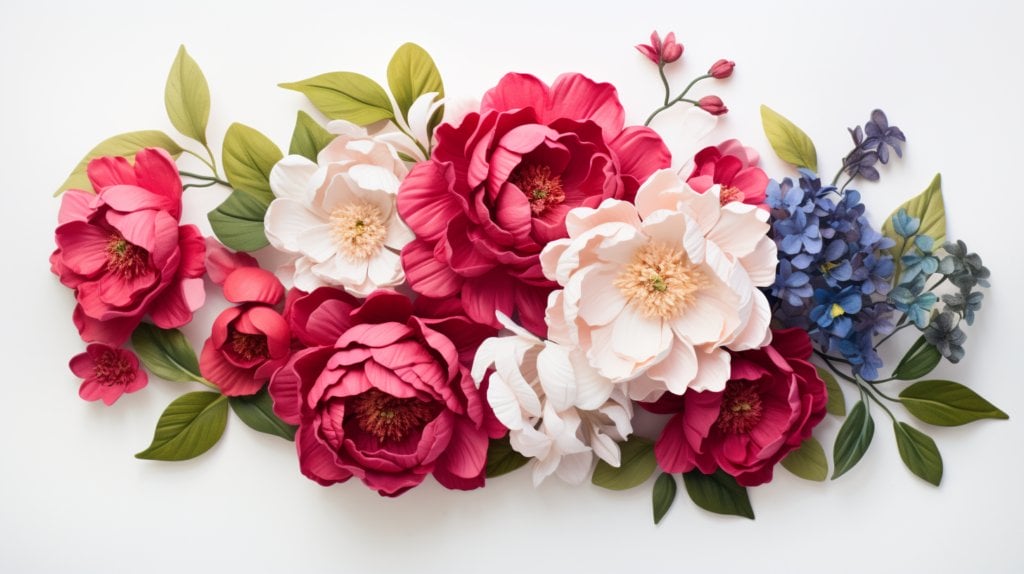
Let’s now look at some lesser-known flowers that may just remind you of peonies. We’ll start with the Camellia, an evergreen shrub that boasts blooms quite comparable to it.
Then, we’ll move on to the fluffy Hydrangea and the charming Persian Buttercup, also known as Ranunculus, both of which have their own unique ways of imitating our beloved flower.
Camellia, The Evergreen Shrub with Peony-Comparable Blooms
I’ve come across thousands of flowers in my travels, but there’s one that stands out for its blooms: the evergreen shrub Camellia. Known for its large, round flower heads, this flower is a top contender when it comes to flowers that look like peonies. Let’s dive deeper:
- Camellia: This evergreen shrub boasts blooms that are both vibrant and fragrant.
- Varieties: There’s a diverse range of species, each with unique colors and shapes.
- Care: They are hardy and require little maintenance, but they do love a shady spot and well-drained soil.
If you’re on the hunt for a doppelgänger, don’t overlook this flower. Its striking beauty and hardy nature make it a worthy addition to any garden.
Hydrangea, The Fluffy Flower Masquerading as a Peony
Next up on my list of look-alikes is the Hydrangea, a flower I’ve seen in countless gardens. Its fluffy, opulent blooms are often mistaken for the beloved peony.
Hydrangeas are a sturdy, resilient breed; their generous clusters of flowers are like a hearty welcome to any garden. This fluffy flower comes in a variety of colors, from a delicate pink to a deep, royal blue.
Just like peonies, hydrangeas give off a sweet, pleasing fragrance. It’s easy to see why many mistake this blossom for the queen of the garden.
Persian Buttercup (Ranunculus): The Understated Peony Doppelganger
My journey’s next stop is the Persian Buttercup, a flower that’s not as famous as the peony but shares its lush, layered beauty. This doppelganger is a flower look-alike that’s often overlooked, but it’s worth your attention.
Ranunculus:
- Appearance: The Persian Buttercup has tightly packed petals that radiate outwards. Its blossoms are similar to a peony, yet it’s distinctly unique.
- Varieties: Different varieties exist, offering a spectrum of colors that imitate the flower’s palette.
- Cultivation: They’re less demanding than peonies, making them a great alternative for novice gardeners.
Frequently Asked Questions
What Is the Typical Lifespan of a Peony Look-Alike Flower?
It’s hard to pin down an exact lifespan as it varies by species. For instance, a peony may live up to 50 years, while a camellia can live over 100 years.
How Often Should Flowers Similar to Peonies Be Watered?
I generally water my flowers once a week. However, it’s crucial to adjust this based on weather conditions. In hotter climates, they may need watering every few days to stay healthy and vibrant.
What Type of Soil Is Best for Growing Flowers Like Peonies?
When it comes to the best soil for growing these beauties, I’d recommend well-draining soil. They love loamy or clay soils that are rich in organic matter. A neutral to slightly acidic pH is ideal.
Are There Any Known Pests or Diseases That Commonly Affect Peony Look-Alike Flowers?
Flowers, like roses and camellias, often attract pests such as aphids and beetles. They’re also susceptible to fungal diseases like botrytis blight and powdery mildew.
Can Peony Look-Alike Flowers Be Grown Indoors?
I’ve successfully grown look-alikes indoors. They need a sunny spot and regular watering. However, they may not bloom as profusely indoors. It’s a bit of a challenge, but it’s certainly doable.
Conclusion
So, whether you’re after the classic charm of a rose, the striking appeal of a dahlia, or the understated elegance of windflowers and Spring Bulbs, there are a lot of peony alternatives out there just for you. So give your home a burst of color in a vase, and bring the season’s beauty indoors with freshly cut flowers.
Don’t forget about the lesser-known yet equally enchanting Camellia, Hydrangea, and Ranunculus. They’re all a testament to the diverse beauty of nature, each offering their own unique take on the beloved peony.





